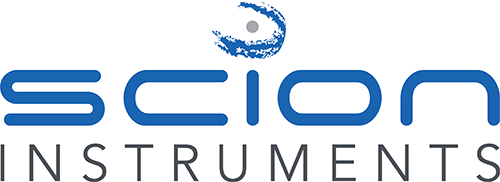Identifying and Quantifying Impurities in Chemical Products to Meet Regulatory Requirements
Impurities inevitably form in chemical products during manufacturing, as by-products of synthesis, or from the degradation of the active ingredient (AI) and other components. Understanding and quantifying these impurities plays a vital role across regulated industries, including pharmaceuticals, food, agriculture, and environmental sectors. Regulatory agencies require companies to identify and quantify impurities to ensure product safety, efficacy, and compliance. But how do we determine which impurities to measure in complex chemical products, especially when dozens or even hundreds may exist? Fortunately, manufacturers don’t need to quantify every single one—only those that pose significant risks.
The Importance of Impurity Analysis in Regulated Industries
Impurities can pose safety risks, reduce product efficacy, and lead to environmental contamination. Therefore, regulatory bodies such as the European Medicines Agency (EMA), the U.S. Food and Drug Administration (FDA), and the European Union (EU) enforce stringent regulations on the analysis of impurities. The determination of impurities serves multiple purposes:
- Ensuring product safety: Impurities may be toxic, allergenic, or carcinogenic, necessitating strict limits on their presence in products.
- Maintaining product efficacy: Impurities can degrade the effectiveness of the active ingredient, compromising product performance.
- Preventing environmental harm: For industries like agriculture, impurities in products such as pesticides can impact non-target organisms and ecosystems.
Given the complexity of many chemical products, manufacturers must apply systematic approaches to determine which impurities require accurate identification and quantification.
Following our application note- Plant Protection Products Impurity Screening by GC-FID with GC-MS Confirmation, we focused on the analysis of impurities in a plant protection product, specifically a pesticide containing eugenol as the active ingredient (AI). In line with EU regulatory guidelines for pesticide registration, we followed a multi-step process to screen, identify, and quantify impurities.
-
Initial Screening of Impurities
To begin, the product underwent a comprehensive screening process using gas chromatography-mass spectrometry (GC-MS). This method enabled the separation and detection of volatile organic compounds, including impurities. The SCION 8700 Single Quad GC-MS system was employed to ensure accurate detection of even trace-level impurities.
-
Quantification Against Analytical Reference Standards
After the initial screening, to determine which impurities were present in concentrations above regulatory thresholds. Quantification was performed using analytical reference standards, which provide known concentrations of the AI (eugenol) for comparison. Impurities that exceeded EU-mandated limits were flagged for further investigation, while those below the threshold are considered non-critical.
-
Identification of Impurities Using NIST Library Search
Next, we identified the significant impurities using the NIST (National Institute of Standards and Technology) library search tool. This powerful database contains information for thousands of chemical compounds, allowing us to match the detected impurities with known compounds. This step is crucial for identifying the chemical structure of unknown impurities, especially those that may be process-related or by-products of synthesis.
-
Confirmation with Analytical Reference Standards
Finally, the identity of each impurity was confirmed by comparison with analytical reference standards. This step is essential to ensure that the compounds identified using the NIST library search were accurate matches. For regulatory submissions, the confirmation of impurity identity provides confidence in the data and demonstrates compliance with industry standards.
By following this structured approach, industries can ensure that they meet regulatory guidelines, maintain product quality, and protect consumers and the environment from potential risks posed by impurities.
